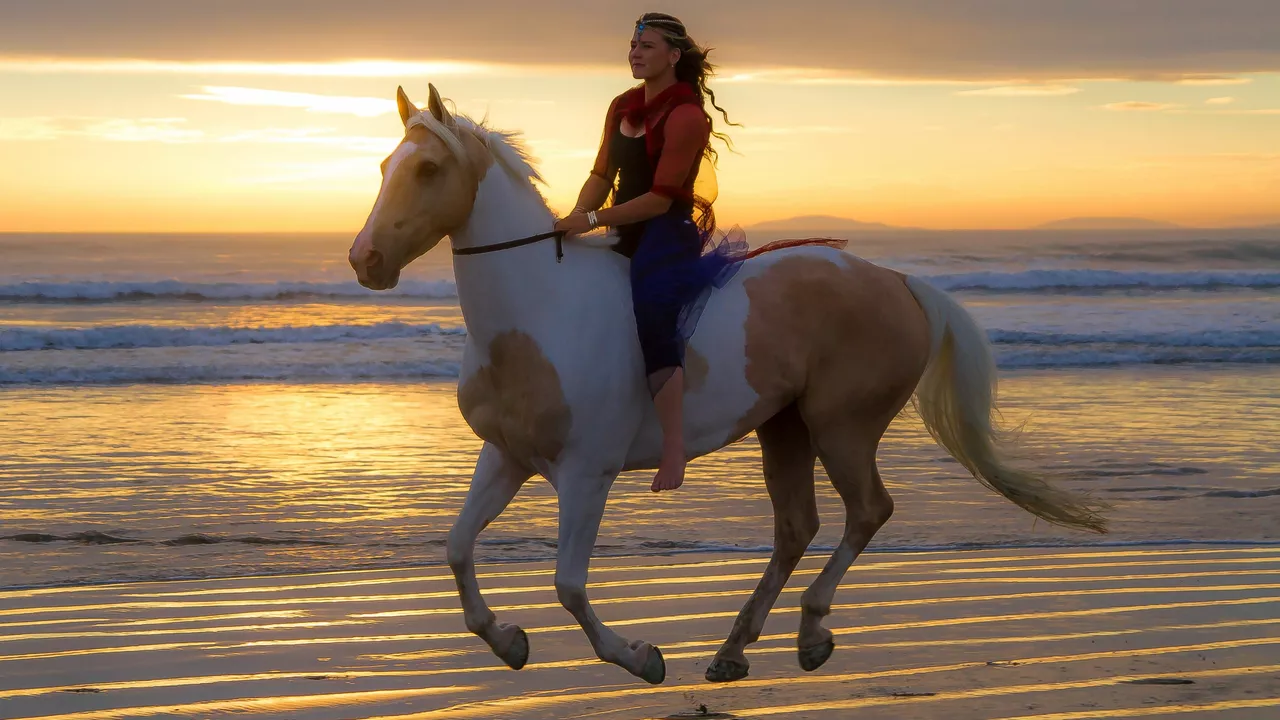Equestrian Education: Your Go‑to Hub for Riding Tips & Horse Health
Ever wondered if a horse feels pain when someone rides it? You’re not alone. Many new riders ask the same thing, and the answer isn’t a simple yes or no. It depends on training, tack fit, and how you ride. On this page we break down the basics so you can ride confidently and keep your horse comfortable.
Understanding Horse Welfare When Riding
Horses are built to carry weight. A mature, fit horse can comfortably carry a rider who weighs up to about 20% of its own body weight. That’s why a 1,000‑lb horse can handle a 180‑lb rider without issue—provided the horse is healthy and the equipment fits.
Problems arise when the saddle is too small, too deep, or positioned wrong. An ill‑fitting saddle creates pressure points, just like shoes that are too tight. That pressure can lead to sore backs, bruises, or even long‑term damage. The same goes for overloading. Tossing a heavy rider or extra gear onto a young or under‑conditioned horse can cause strain.
So, does it hurt? If you respect the horse’s limits, use proper tack, and ride with good technique, most horses enjoy the work. They’re herd animals that love a purpose. The key is to keep the experience positive for both of you.
Practical Tips for Safe Riding & Gear
1. Check the saddle fit. Look for even pressure across the horse’s back, no pinching under the bars, and a level seat. Your local tack shop can help you measure correctly.
2. Gradual conditioning. Start with short rides on a calm horse and add minutes each week. Just like us, horses need time to build stamina.
3. Watch your weight distribution. Keep your center of gravity over the horse’s hips, not too far forward or back. A balanced seat eases the load on the spine.
4. Maintain good posture. Sit tall, shoulders relaxed, elbows soft. Bad posture puts extra strain on the horse’s neck and back.
5. Regular check‑ups. A vet or equine physiotherapist can spot early signs of soreness before they become big problems.
6. Choose the right gear. Quality saddles, pads, and stirrups make a huge difference. Cheap equipment often leads to fit issues.
7. Listen to your horse. If it starts to lag, toss its head, or shows signs of discomfort, stop and assess. A quick break can prevent injury.
Beyond gear, education means learning how to read a horse’s behavior. A calm, relaxed horse will have a soft eye, a regular breathing pattern, and a steady gait. An uneasy horse might pace, sweat, or bite. Knowing these signals helps you adjust your ride on the fly.
At Cherry Hills Sport Ponies we keep the focus on real‑world advice. Our blog posts, like the one asking “Does it hurt a horse to have someone ride him?” give you straight answers without the jargon. We also share rider stories, gear reviews, and step‑by‑step training drills.
Ready to level up? Start by checking your saddle today. Grab a friend, head to the stable, and spend a few minutes feeling how the saddle sits on the horse’s back. Then ride a short circle, notice any pressure points, and adjust. Small changes now save big headaches later.
Remember, riding is a partnership. When you bring knowledge, good gear, and respect for the horse’s limits, the ride is smooth, safe, and fun for both of you. Keep exploring our Equestrian Education category for more tips, and enjoy the journey!

As a horse lover and a part-time cowboy, I've often pondered the same question, "Does it hurt a horse to have someone ride him?" Well, saddle up, folks, for the answer is as bouncy as a wild bronco! Generally, horses are built to carry weight and, with proper training and equipment, they can happily trot around with a human on their back. But remember, a horse isn't a 4x4 vehicle! Overloading them or using ill-fitting tack can cause discomfort or even pain. So, just like you wouldn't want to wear shoes two sizes too small, make sure your horse's saddle is a perfect fit!
Read more
